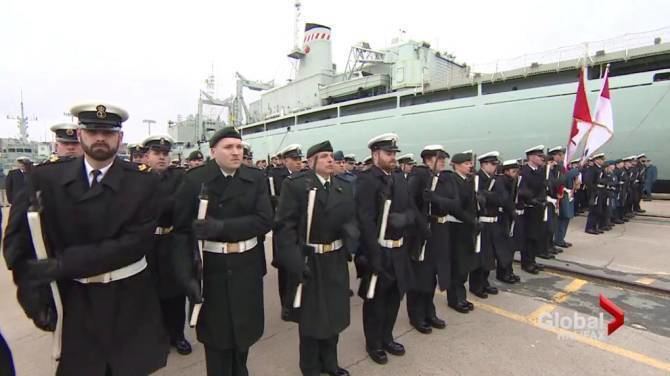Around 500,000 Around 650,000 | Date 28 February 1991 | |
 | ||
Between 20,000 - 35,000 casualtiesAround 150,000 POWs 1,155 casualties70 POWs Result Coalition victory. Kuwait liberated of all Iraqi troops Combatants Similar Gulf War, Invasion of Kuwait, Highway of Death, Battle of Khafji, Gulf War air campaign | ||
Liberation of kuwait 1991 jcwicart
The Liberation of Kuwait was a U.S.-led military operation to retake Kuwait from Iraq after the massive air campaign, between 24–28 February 1991. U.S. troops and the Coalition entered to find the Iraqis surrendering en masse; however, pockets of resistance existed, particularly at Kuwait International Airport where Iraqi troops, seemingly unaware that a retreat order had been issued to them, continued to fight, resulting in a fierce battle over the airport itself. The majority of the fighting took place in Iraq, rather than Kuwait. The operation is part of what is commonly known as the Gulf War.
Contents
Prelude
An amphibious force composed of 40 amphibious assault ships was stationed conspicuously off the coast of Kuwait and Saudi Arabia. It was largest such force to be assembled since the Battle of Inchon. Days before the attack, an amphibious force made repeated feint attacks and landings at Kuwait City, attempting to fool the Iraqis into thinking the Coalition would attack via amphibious assault. Instead, the troops were to enter by the southern border of Kuwait. The Coalition forces based there soon became use to the constant Scud missile threats, chemical missile threats, and near-constant shelling by Iraqi artillery. When the first troops began the assault, they were warned that casualties could be as many as one in three.
Campaign
At 4 a.m. on 24 February, after being shelled for months and under the constant threat of a gas attack, the U.S. 1st and 2nd Marine Divisions crossed into Kuwait. They maneuvered around vast systems of barbed wire, minefields and trenches. Once into Kuwait, they headed towards Kuwait City. The troops themselves encountered little resistance and, apart from several minor tank battles, were met primarily by surrendering soldiers. The general pattern was that Coalition troops would encounter Iraqi soldiers who would put up a brief fight before deciding to surrender.
On 27 February, Saddam Hussein issued a retreat order to his troops in Kuwait; however, one unit of Iraqi troops appeared to have not gotten the retreat order. When the U.S. Marines arrived at Kuwait International Airport, they encountered fierce resistance, and it took them several hours to gain control and secure the airport. As part of the retreat order, the Iraqis carried out a "scorched earth" policy that included setting hundreds of oil wells on fire in an effort to destroy the Kuwaiti economy. After the battle at Kuwait International Airport, the U.S. Marines stopped at the outskirts of Kuwait City, allowing their Coalition allies to take and occupy Kuwait City, effectively ending combat operations in the Kuwaiti theater of the war.
Result
After four days of fighting, all Iraqi troops were expelled from Kuwait, ending a nearly seven-month occupation of Kuwait by Iraq. A little over 1,100 casualties were suffered by the Coalition. Estimates of Iraqi casualties range from 30,000 to 150,000. Iraq lost thousands of vehicles, while the advancing Coalition lost relatively few; Iraq's obsolete Soviet T-72 tanks proved no match for the American M1 Abrams and British Challenger tanks.
